Home>Technology>Security & Surveillance>Which Type Of Lock Is Surface-Mounted On The Interior Of The Door Frame?
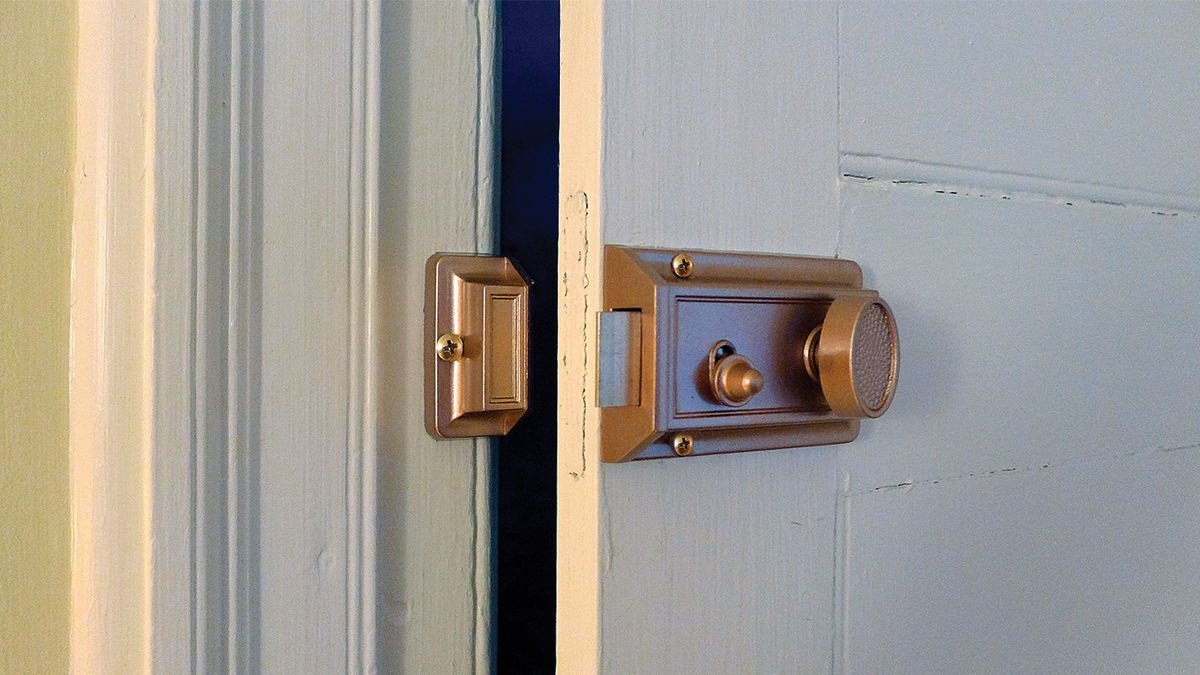

Security & Surveillance
Which Type Of Lock Is Surface-Mounted On The Interior Of The Door Frame?
Published: December 27, 2023
Discover the ideal surface-mounted lock for your door frame. Enhance security and surveillance with the right locking mechanism. Explore options now!
(Many of the links in this article redirect to a specific reviewed product. Your purchase of these products through affiliate links helps to generate commission for Storables.com, at no extra cost. Learn more)
Surface-Mounted Locks: Enhancing Interior Door Security
Introduction
When it comes to fortifying the security of interior doors, surface-mounted locks play a crucial role. These locks are affixed to the door frame, providing an additional layer of protection and peace of mind for homeowners and business proprietors alike. Understanding the various types, advantages, and considerations associated with surface-mounted locks is essential for making informed decisions about interior security measures. In this comprehensive guide, we will delve into the realm of surface-mounted locks, exploring their types, advantages, disadvantages, and the key factors to consider when selecting the most suitable option for your specific needs.
Let's embark on a journey through the world of surface-mounted locks, unraveling the intricacies of these essential security components and empowering you to make well-informed choices to safeguard your interior spaces.
Key Takeaways:
- Surface-mounted locks, like deadbolts and electronic variants, provide visible security and easy installation for interior doors, enhancing safety and control within spaces.
- When choosing surface-mounted locks, consider security needs, aesthetic integration, and technological advancements to ensure practicality and resilience for long-term protection.
Read more: How To Frame A Door In An Interior Wall
Surface-Mounted Locks
Surface-mounted locks are a fundamental element of interior door security, providing a visible deterrent to unauthorized access and bolstering the overall integrity of the door structure. Unlike mortise locks that are installed within the door, surface-mounted locks are affixed to the interior surface of the door frame, offering a practical and effective means of securing interior spaces.
These locks are designed to be installed with relative ease, typically requiring minimal alteration to the door or frame. This makes them a popular choice for both residential and commercial applications, where the need for enhanced security is coupled with the desire to maintain the aesthetic appeal of the door.
Surface-mounted locks come in various designs and configurations, catering to diverse security requirements and stylistic preferences. From traditional key-operated locks to modern electronic variants, these mechanisms offer a versatile array of options to suit different security needs and technological advancements.
Whether it’s a storeroom, office, or residential interior, the installation of surface-mounted locks serves as a tangible deterrent to unauthorized entry while providing occupants with a heightened sense of security and control over access to their spaces.
Now, let’s delve into the specific types of surface-mounted locks and their unique characteristics.
Types of Surface-Mounted Locks
Surface-mounted locks encompass a diverse range of options, each tailored to meet specific security needs and operational preferences. Understanding the various types of surface-mounted locks is essential for selecting the most suitable option for a particular application. Here are some common types:
- Deadbolts: Deadbolts are robust, single-cylinder locks that offer a high level of security. They are operated by a key from the exterior and a thumbturn from the interior, providing a simple yet effective means of securing a door.
- Rim Locks: Rim locks are surface-mounted on the interior surface of the door and are typically operated by a key. They are well-suited for both residential and commercial applications, offering reliable security and ease of installation.
- Mortise Locks: While mortise locks are primarily installed within the door, certain variations are designed to be surface-mounted. These locks provide a blend of durability and security, making them a popular choice for various interior doors.
- Knob Locks: Knob locks are surface-mounted and feature a knob on both the interior and exterior sides of the door. They are commonly used in residential settings and provide a convenient means of latching the door.
- Electronic Locks: Electronic surface-mounted locks utilize advanced technology, such as keypads, biometric scanners, or RFID systems, to provide secure access control. These innovative locks offer convenience and enhanced security features, making them ideal for modern residential and commercial environments.
Each type of surface-mounted lock has its unique characteristics, catering to different security requirements, aesthetic preferences, and operational functionalities. By understanding the distinctions between these types, individuals can make informed decisions when selecting the most suitable lock for their specific needs.
Now, let’s explore the advantages and disadvantages associated with surface-mounted locks.
Advantages and Disadvantages
Surface-mounted locks offer distinct advantages and disadvantages, which should be carefully considered when evaluating their suitability for interior door security.
Advantages:
- Visible Deterrent: The conspicuous nature of surface-mounted locks serves as a visible deterrent to potential intruders, deterring unauthorized access and enhancing overall security.
- Easy Installation: Surface-mounted locks are relatively easy to install, requiring minimal modification to the door and frame. This makes them a practical choice for both new installations and retrofitting existing doors.
- Varied Options: With a diverse range of types and designs available, surface-mounted locks offer flexibility in meeting specific security needs, aesthetic preferences, and operational requirements.
- Enhanced Security: Many surface-mounted locks are designed to provide robust security features, including deadbolts, reinforced latches, and electronic access control systems, thereby bolstering the overall security of interior spaces.
- Convenient Operation: Certain types of surface-mounted locks, such as electronic variants, offer convenient and user-friendly operation, eliminating the need for traditional keys and simplifying access control.
Read more: Which Door Lock Is The Best
Disadvantages:
- Exterior Vulnerability: Surface-mounted locks are exposed on the exterior side of the door, making them susceptible to tampering or forced entry attempts, especially in high-risk environments.
- Aesthetic Impact: While some surface-mounted locks are designed with aesthetic considerations in mind, their visibility on the door surface may not align with certain architectural or design preferences.
- Security Limitations: Certain types of surface-mounted locks may have inherent limitations in terms of security features and resistance to forced entry, necessitating careful evaluation based on specific security requirements.
- Operational Complexity: In the case of electronic surface-mounted locks, operational complexities related to power sources, maintenance, and technological malfunctions may arise, requiring additional considerations.
By weighing these advantages and disadvantages, individuals can make informed decisions regarding the selection and implementation of surface-mounted locks to fortify the security of interior doors.
Now, let’s delve into the key factors to consider when evaluating surface-mounted locks for specific applications.
Factors to Consider
When evaluating surface-mounted locks for interior door security, several key factors should be taken into account to ensure the selection of an appropriate and effective locking solution.
Security Requirements:
The specific security needs of the interior space will heavily influence the choice of a surface-mounted lock. Consider the level of security required, potential threat scenarios, and the overall risk profile of the environment where the lock will be installed.
Operational Functionality:
Understanding the operational requirements of the lock is essential. Consider factors such as the frequency of use, the need for keyless entry options, and the desired convenience and ease of operation for occupants and authorized personnel.
Read more: How To Pick An Interior Door Lock
Aesthetic Integration:
For residential and commercial settings with specific design and architectural considerations, the visual impact of the surface-mounted lock should be evaluated. Explore options that seamlessly integrate with the overall aesthetic while providing robust security.
Durability and Resilience:
Evaluate the durability and resilience of the lock, considering factors such as material quality, resistance to tampering and forced entry, and the ability to withstand environmental elements that may impact its functionality over time.
Installation and Retrofitting:
Assess the feasibility of installation and any potential retrofitting requirements for existing doors. Choose a surface-mounted lock that aligns with the door structure and frame, ensuring a seamless and secure installation process.
Technological Advancements:
For those considering electronic surface-mounted locks, assess the technological features, compatibility with existing security systems, and the potential for future upgrades or integration with smart home or commercial security platforms.
Read also: 13 Amazing Interior Door Lock For 2024
Regulatory Compliance:
Depending on the application and location, certain regulatory and industry-specific compliance requirements may dictate the type of lock and security features needed to meet legal standards and operational protocols.
Maintenance and Support:
Consider the long-term maintenance requirements of the lock, including any support or service agreements offered by the manufacturer or supplier. Ensure that the chosen lock aligns with maintenance capabilities and operational support needs.
By carefully evaluating these factors, individuals and organizations can make informed decisions when selecting surface-mounted locks to enhance the security of interior doors, aligning with their specific security needs and operational considerations.
As we conclude our exploration of surface-mounted locks, it is evident that these essential security components offer a blend of practicality, versatility, and enhanced security features. By understanding their types, advantages, disadvantages, and the key factors to consider, individuals can navigate the realm of interior door security with confidence, ensuring the protection of their valuable assets and the safety of occupants within interior spaces.
Conclusion
Surface-mounted locks stand as stalwart guardians of interior security, offering a tangible barrier against unauthorized access and fortifying the protective integrity of interior doors. From traditional deadbolts to advanced electronic variants, the diverse array of surface-mounted locks caters to a spectrum of security needs, operational preferences, and aesthetic considerations.
As we journeyed through the realm of surface-mounted locks, we uncovered their fundamental role in enhancing interior security. The visibility of these locks serves as a visible deterrent, deterring potential intruders and instilling a sense of security and control within interior spaces. Their ease of installation and varied options further underscore their practicality and adaptability in meeting diverse security requirements.
While surface-mounted locks offer distinct advantages, such as enhanced security and convenient operation, it is crucial to acknowledge their vulnerabilities and limitations. The exterior visibility of these locks, coupled with potential aesthetic impacts and operational complexities, necessitates a balanced evaluation of their suitability for specific applications.
By carefully considering factors such as security requirements, operational functionality, aesthetic integration, durability, and technological advancements, individuals and organizations can navigate the landscape of surface-mounted locks with a discerning eye, ensuring the selection of locks that align with their unique security needs and operational considerations.
As we conclude our exploration of surface-mounted locks, it is evident that these essential security components offer a blend of practicality, versatility, and enhanced security features. By understanding their types, advantages, disadvantages, and the key factors to consider, individuals can navigate the realm of interior door security with confidence, ensuring the protection of their valuable assets and the safety of occupants within interior spaces.
In the quest for interior security, surface-mounted locks stand as steadfast sentinels, fortifying the boundaries of safety and control within the confines of interior spaces.
Frequently Asked Questions about Which Type Of Lock Is Surface-Mounted On The Interior Of The Door Frame?
Was this page helpful?
At Storables.com, we guarantee accurate and reliable information. Our content, validated by Expert Board Contributors, is crafted following stringent Editorial Policies. We're committed to providing you with well-researched, expert-backed insights for all your informational needs.
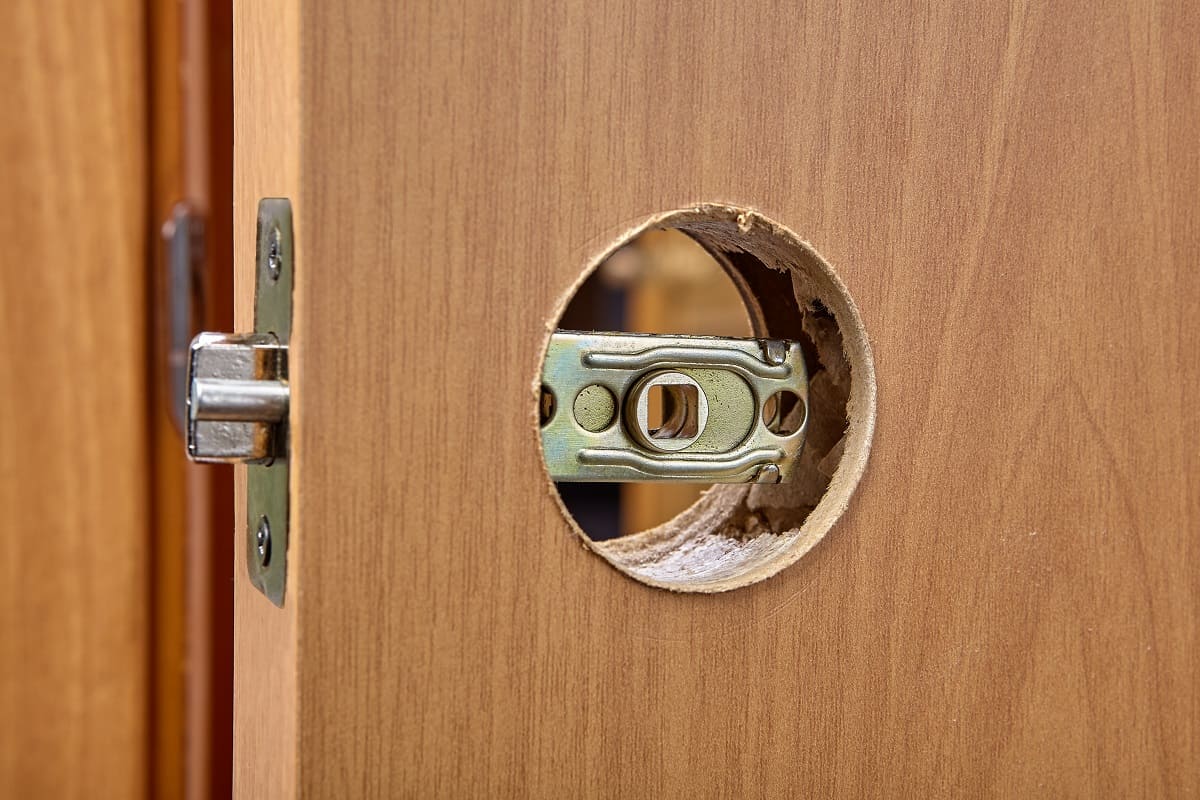
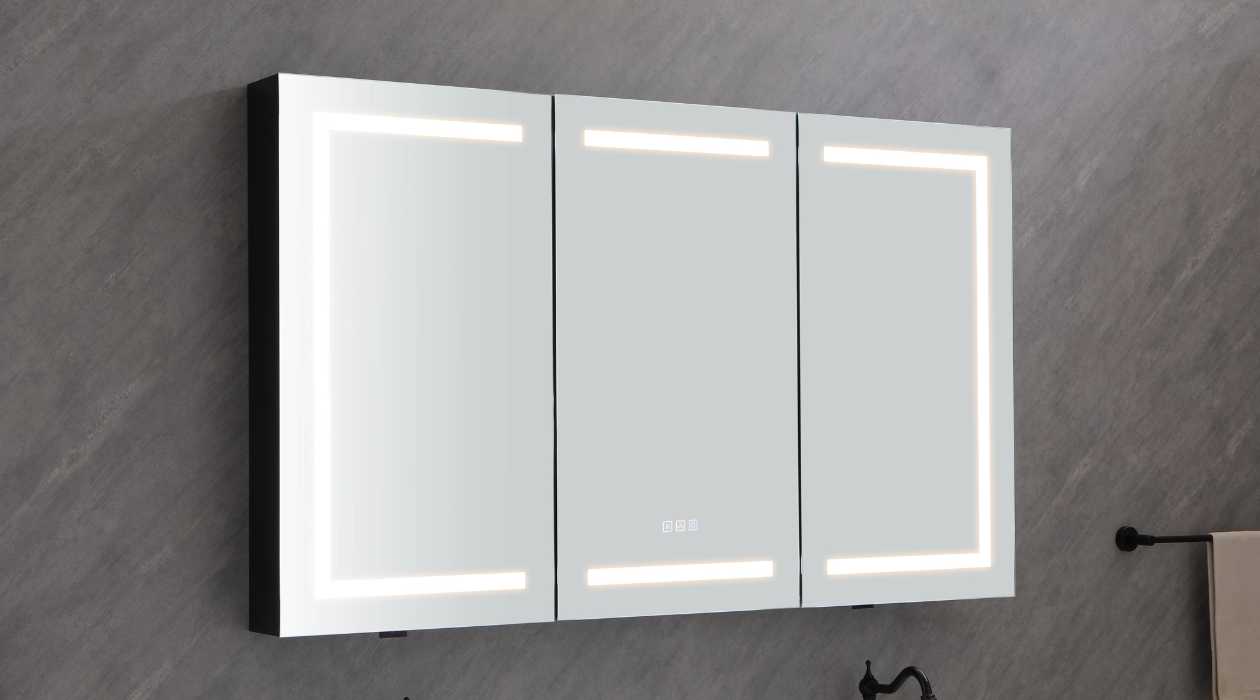
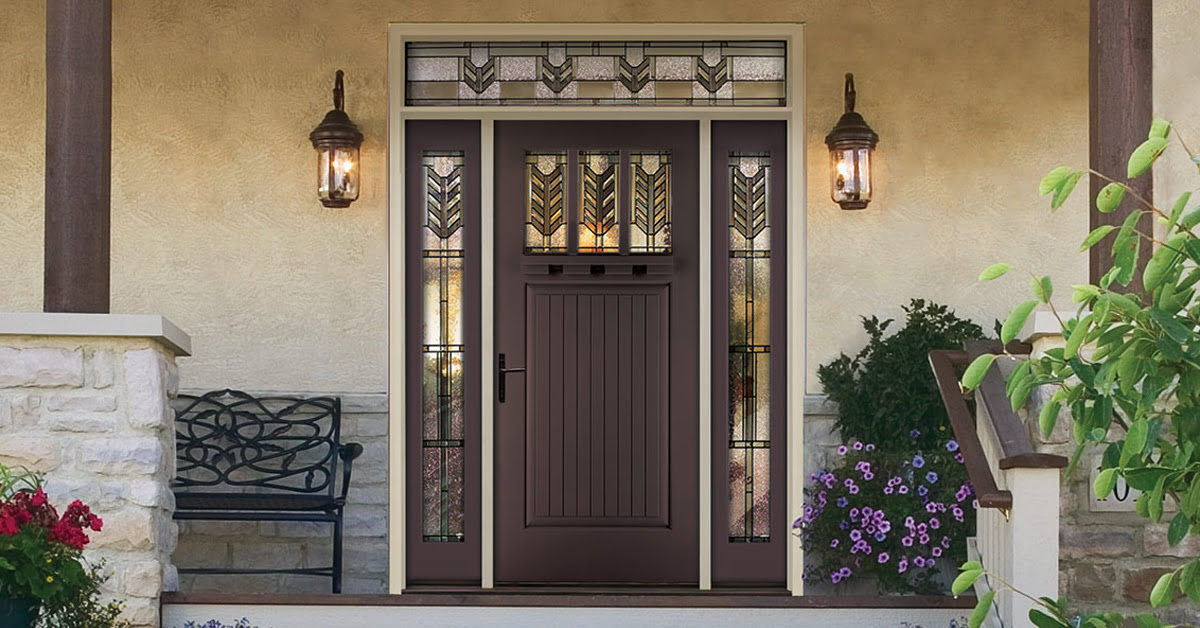
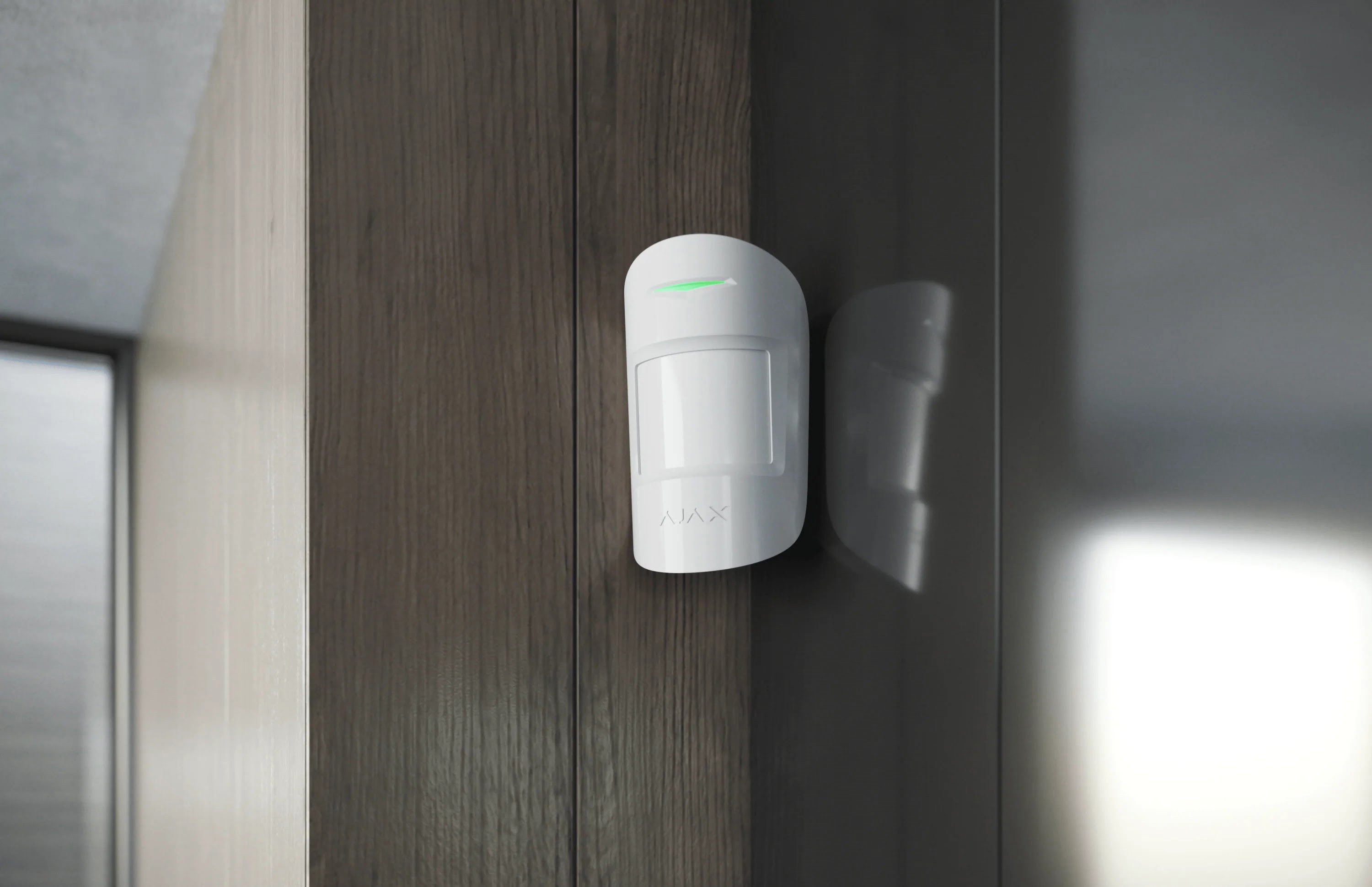
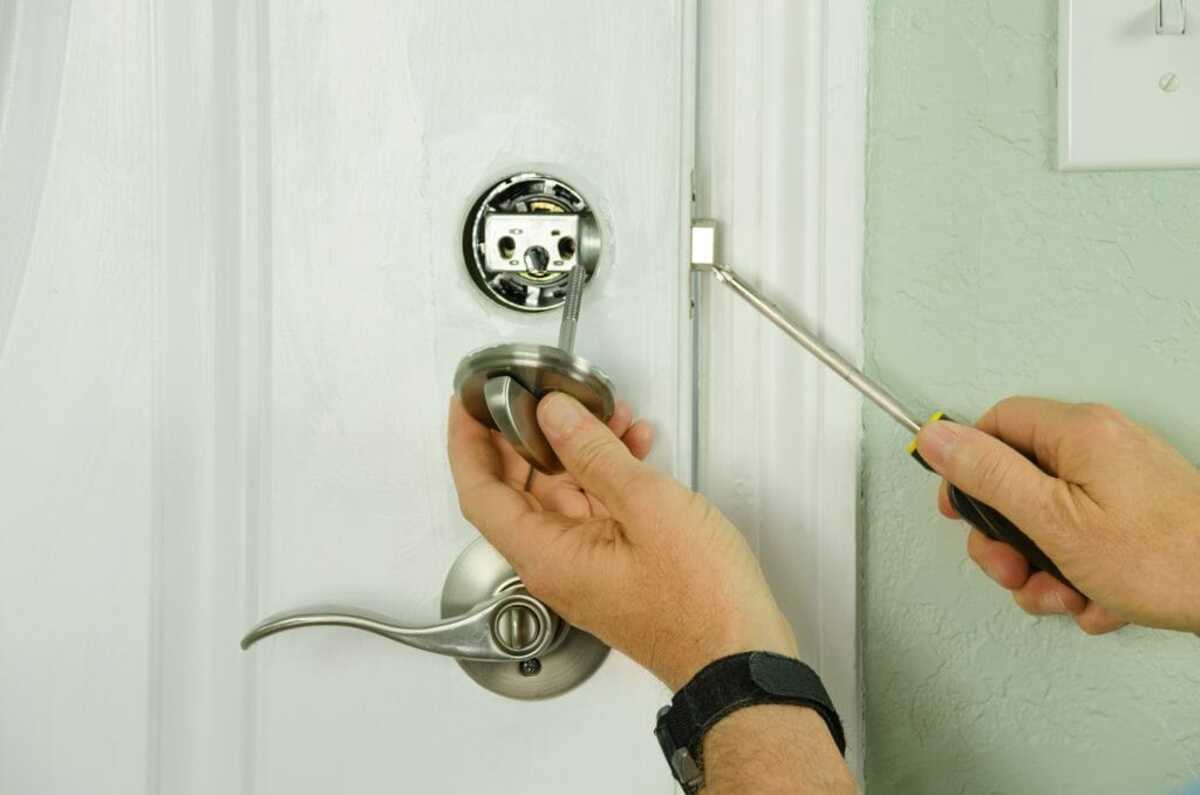
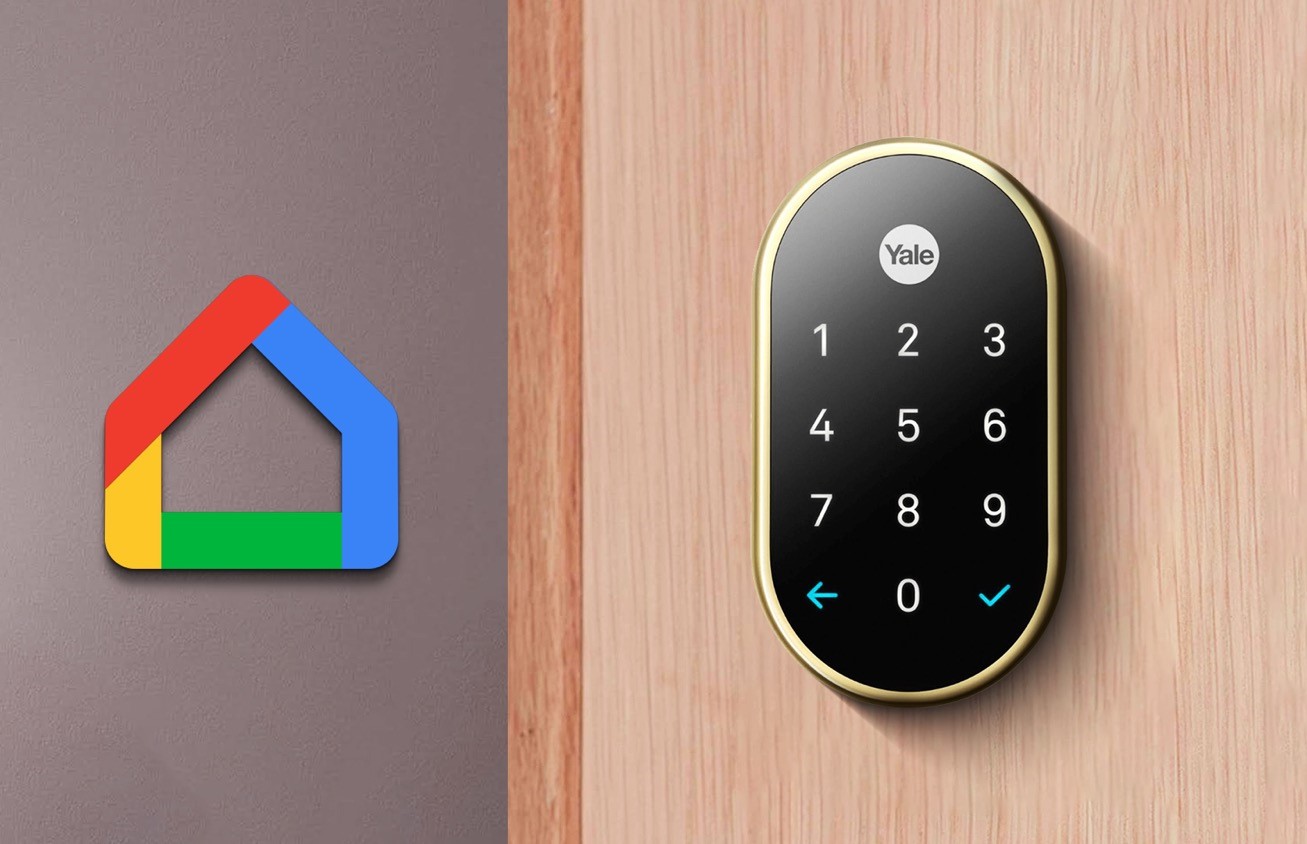
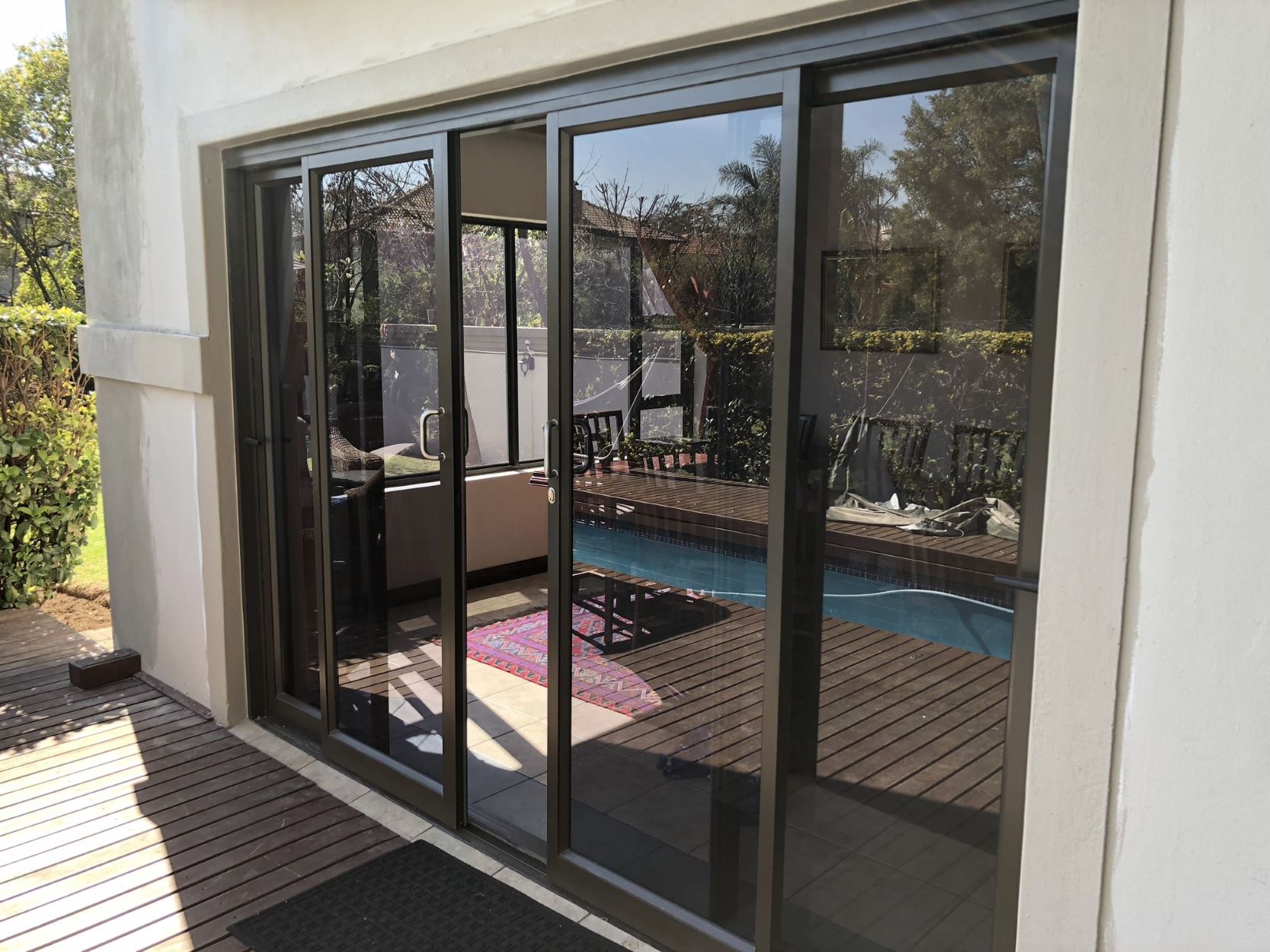
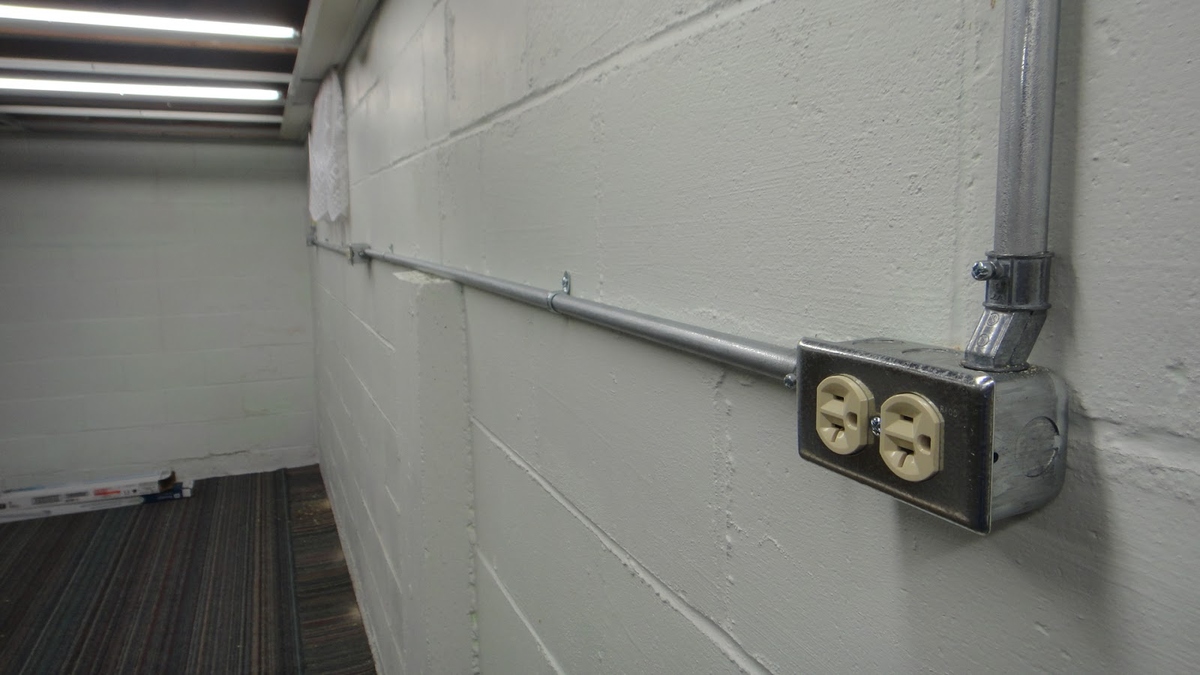
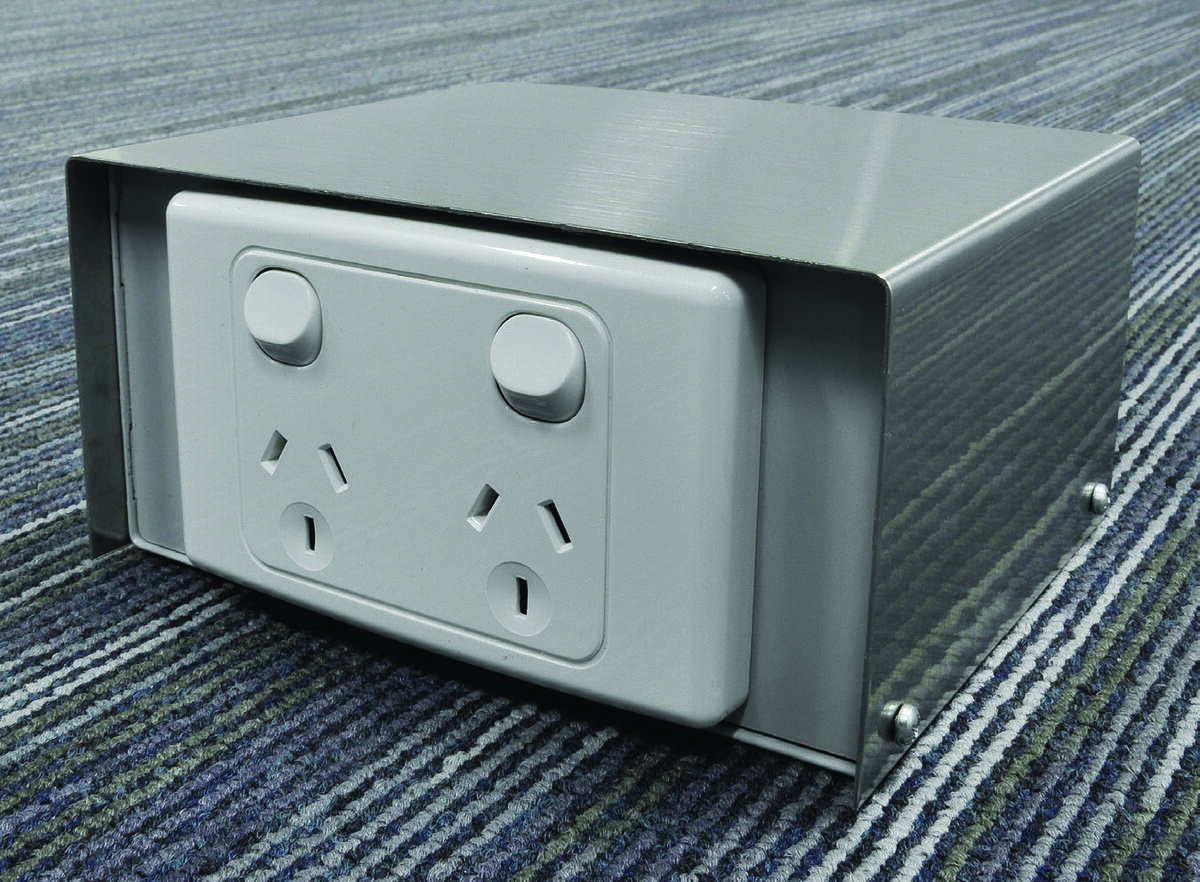
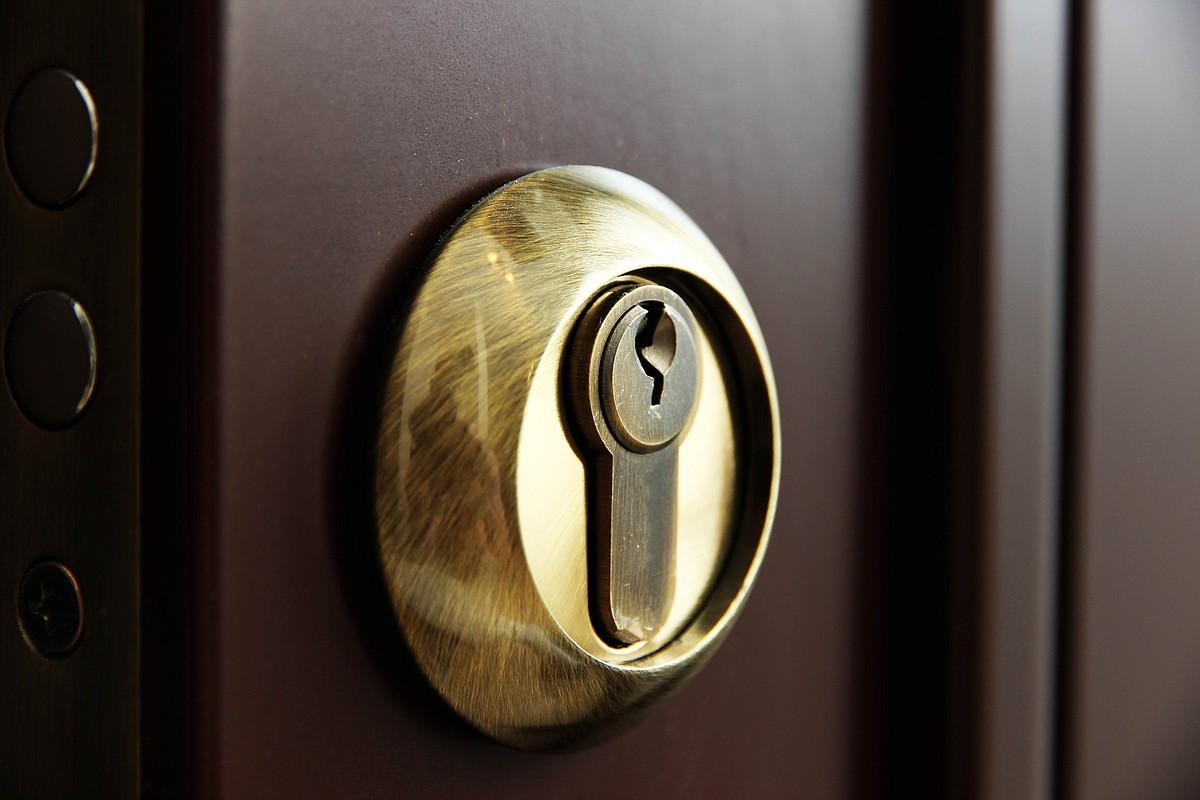
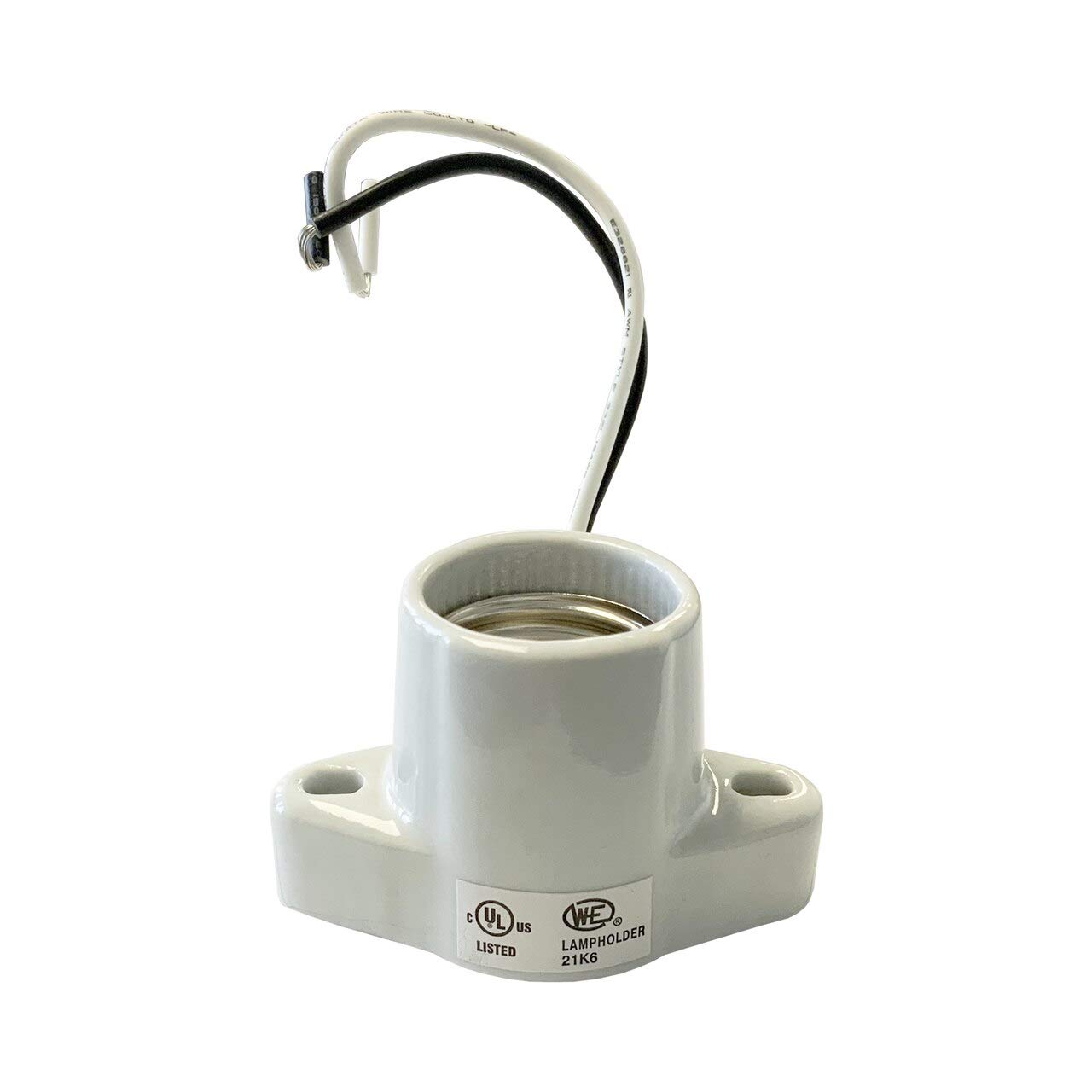
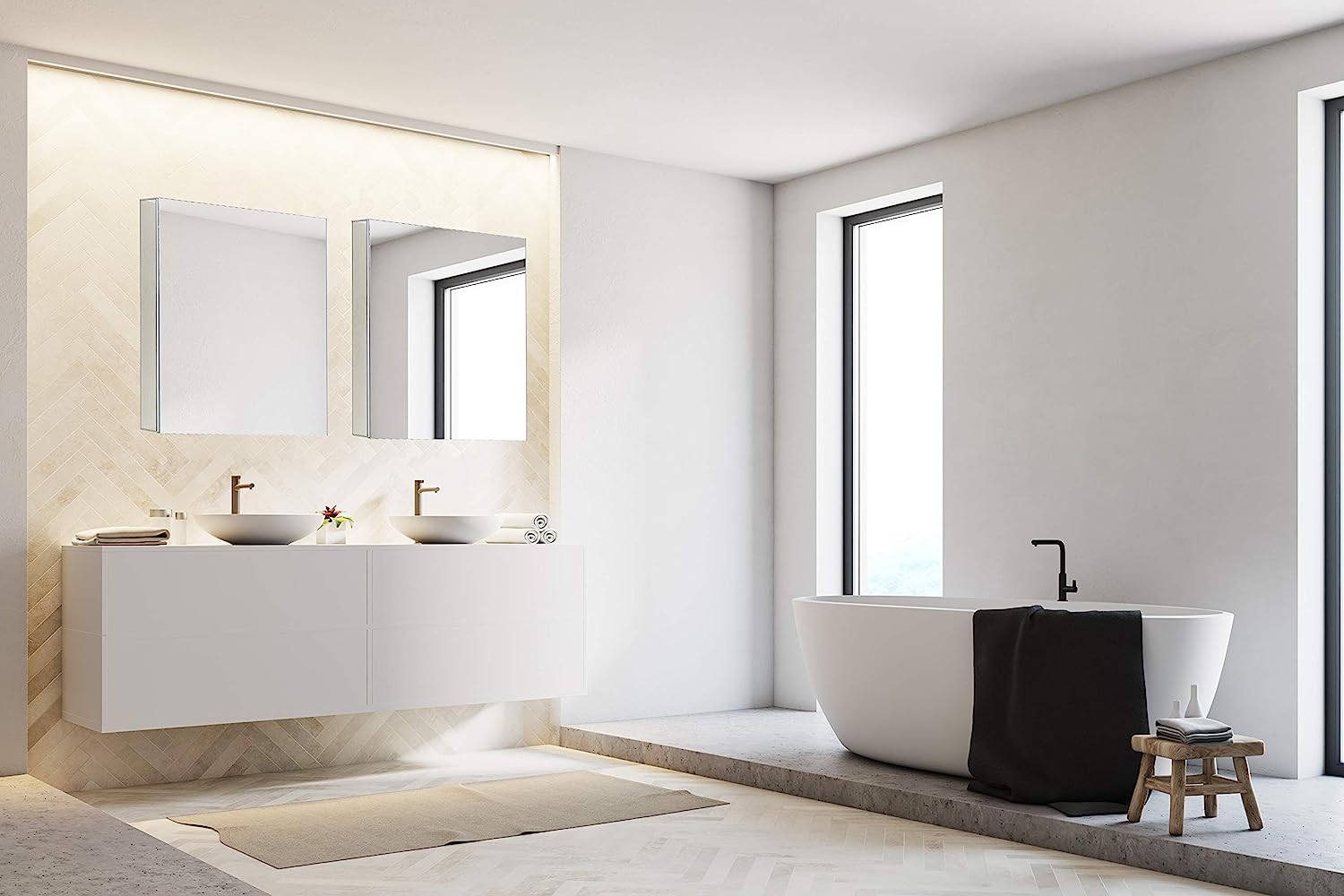

0 thoughts on “Which Type Of Lock Is Surface-Mounted On The Interior Of The Door Frame?”